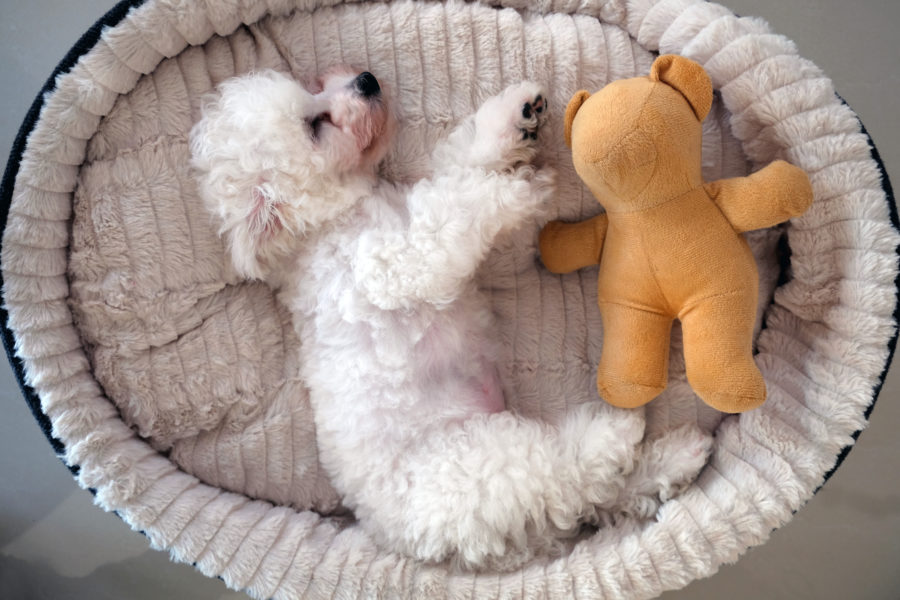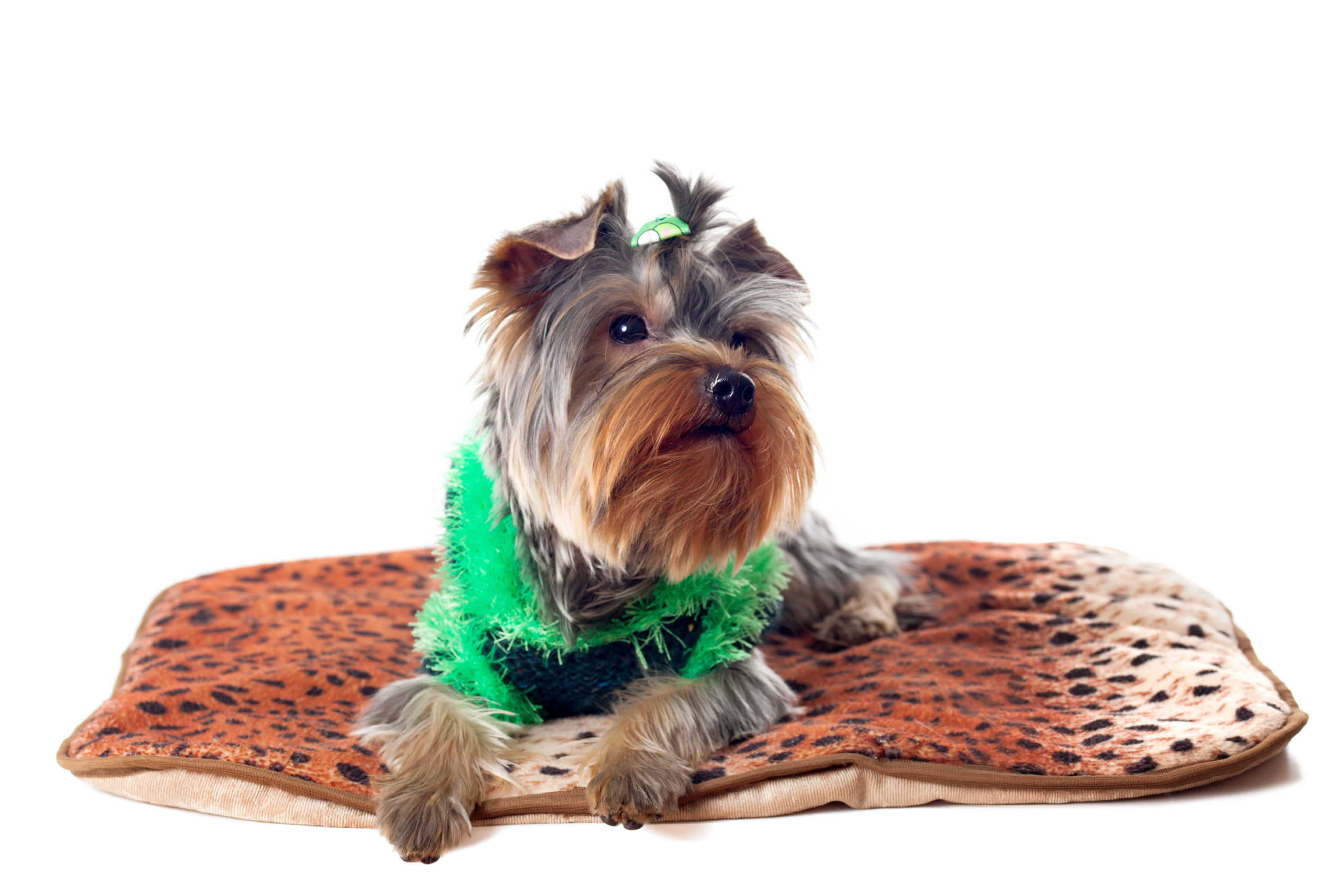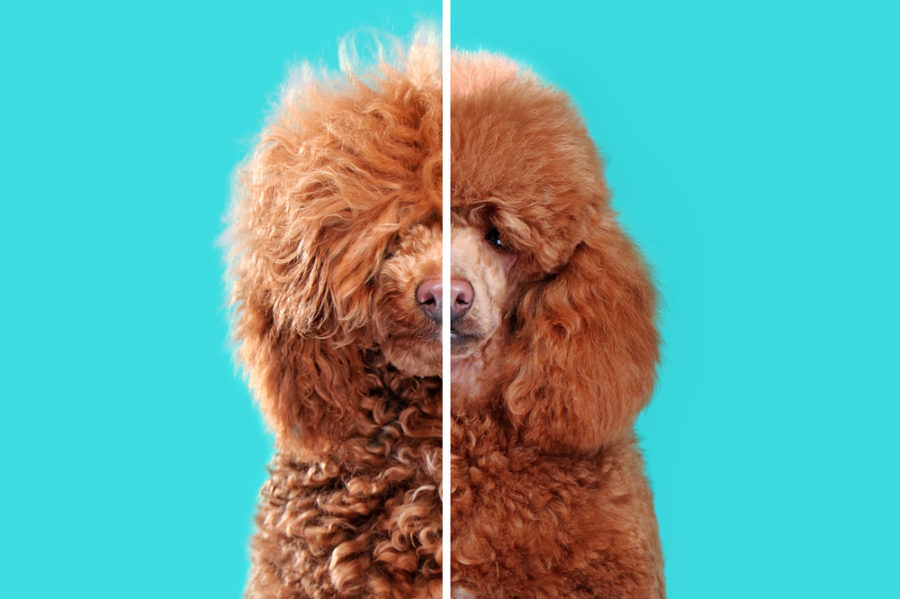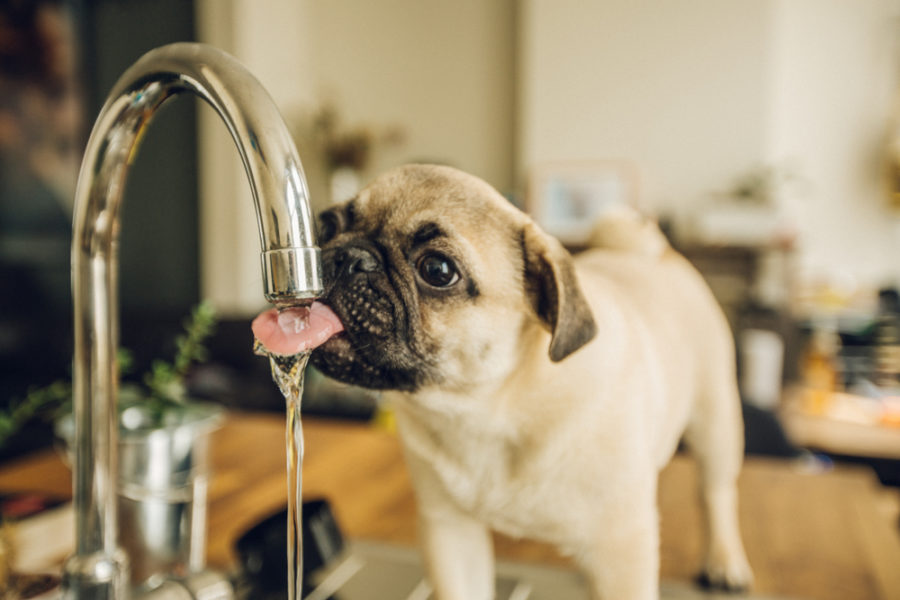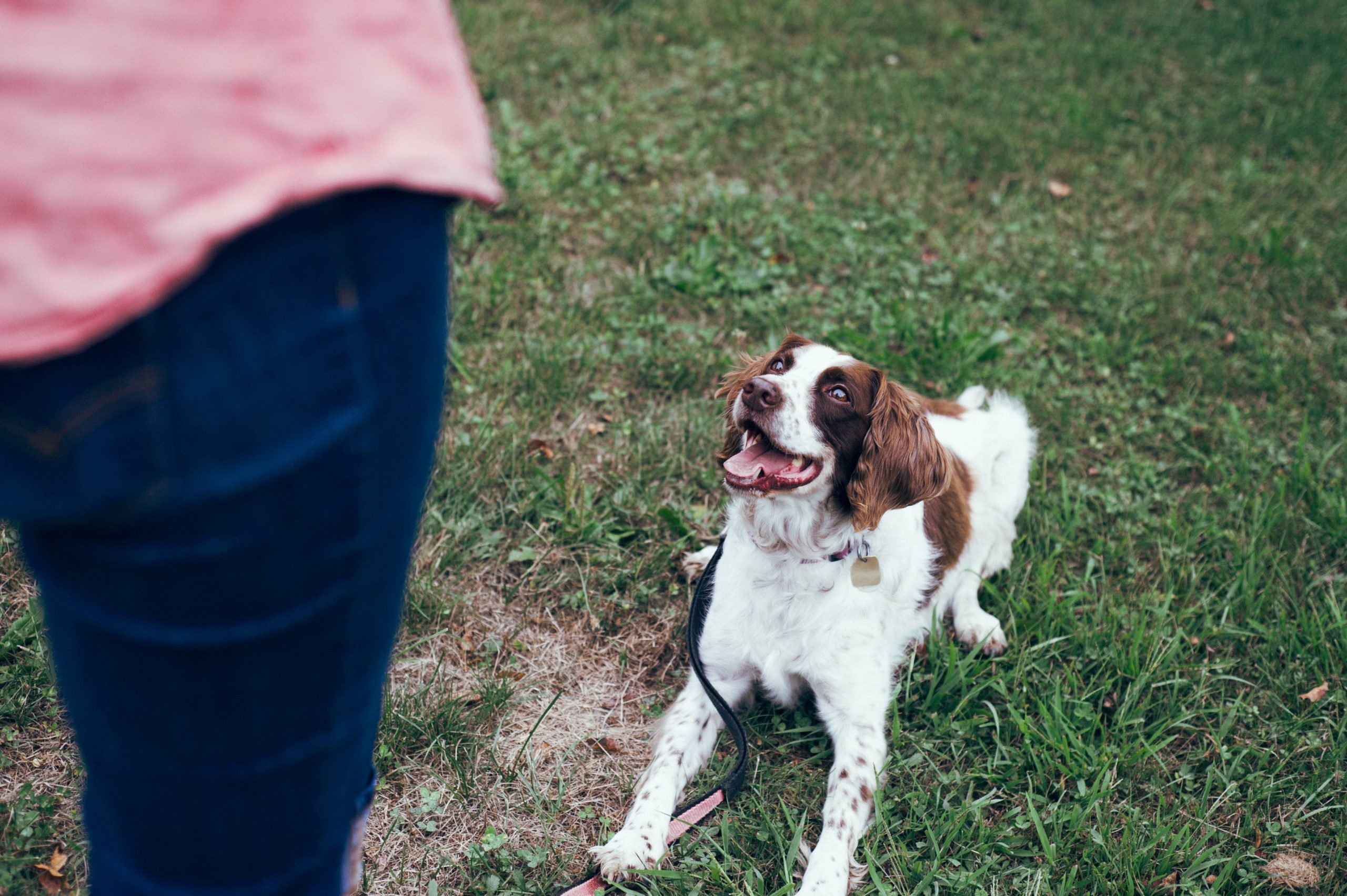Your dog’s sleeping arrangements can help or hinder his well-being, so it’s important to buy him a bed he loves! Here are a few tips to help you in the hunt.
Like us, dogs need adequate sleep to thrive. In fact, the average adult dog requires 12 to 14 hours of shut-eye a day! So selecting the right bed for your dog is an important step in ensuring his health and happiness – but the options seem endless. Is it better to shop for quality, or should you opt for something cheaper in case he chews it? Does he need a memory foam mattress, or will a blanket suffice?
At the end of the day, every dog is different. But here are some basic guidelines to help you decide which bed is best for your pooch.
Types of dog beds
From basic blankets to luxurious memory foam models, dog beds come in all shapes and sizes. Here are a few of the most popular choices:
Pads/mats
These modest beds are perfect for the “easy-to-please” canine. They range from comfortable to deluxe depending on the price tag, and are typically very easy to clean. Available in various sizes, mats can be conveniently moved from place to place without a hassle. And they fit easily into most crates!
Bolster beds
Bolster beds are similar to mats, but they have raised sides that add extra cushioning for dogs who like to feel more secure. If your dog’s bed is in an open area, such as a large room, bolster beds are a cozy way to give him his own space – an important factor when it comes to his comfort and well-being. “A bed gives your dog a place to call his own,” says Jon Daugherty, Director of Product Development for Tall Tails, a company that specializes in bedding for dogs. “The bed acts as a den; a safe, secure and private space to rest, relax and recover.”
“The bed acts as a den; a safe, secure and private space to rest, relax and recover.”
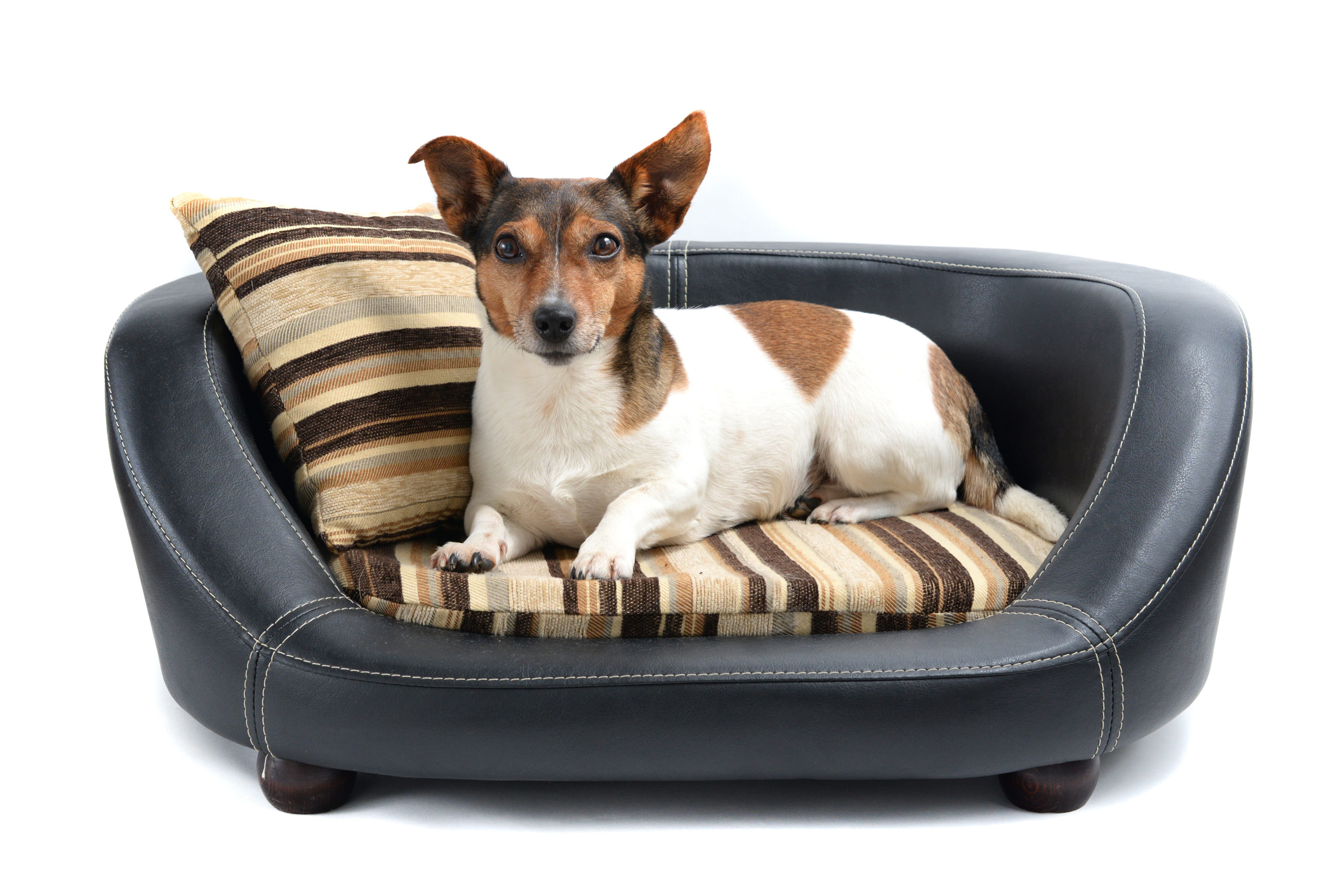 Furniture-style
Furniture-style
Dog beds made to look like furniture fixtures are aesthetically pleasing – not to mention an extra special way to make your dog feel like part of the family! You can make these beds yourself by upcycling old furniture, or find one online.
Memory foam

This option might seem a bit extravagant, but the benefits are numerous. “Memory foam conforms to the dog’s shape and size, so it is especially comfortable and helpful to older dogs,” says Andrea Krantz, Sales and Marketing Manager at Armarkat, which offers a wide selection of dog beds. “Memory foam also retains its original shape far longer than a conventional mattress, extending the life of the bed.”
“Memory foam conforms to the dog’s shape and size, so it is especially comfortable and helpful to older dogs.”
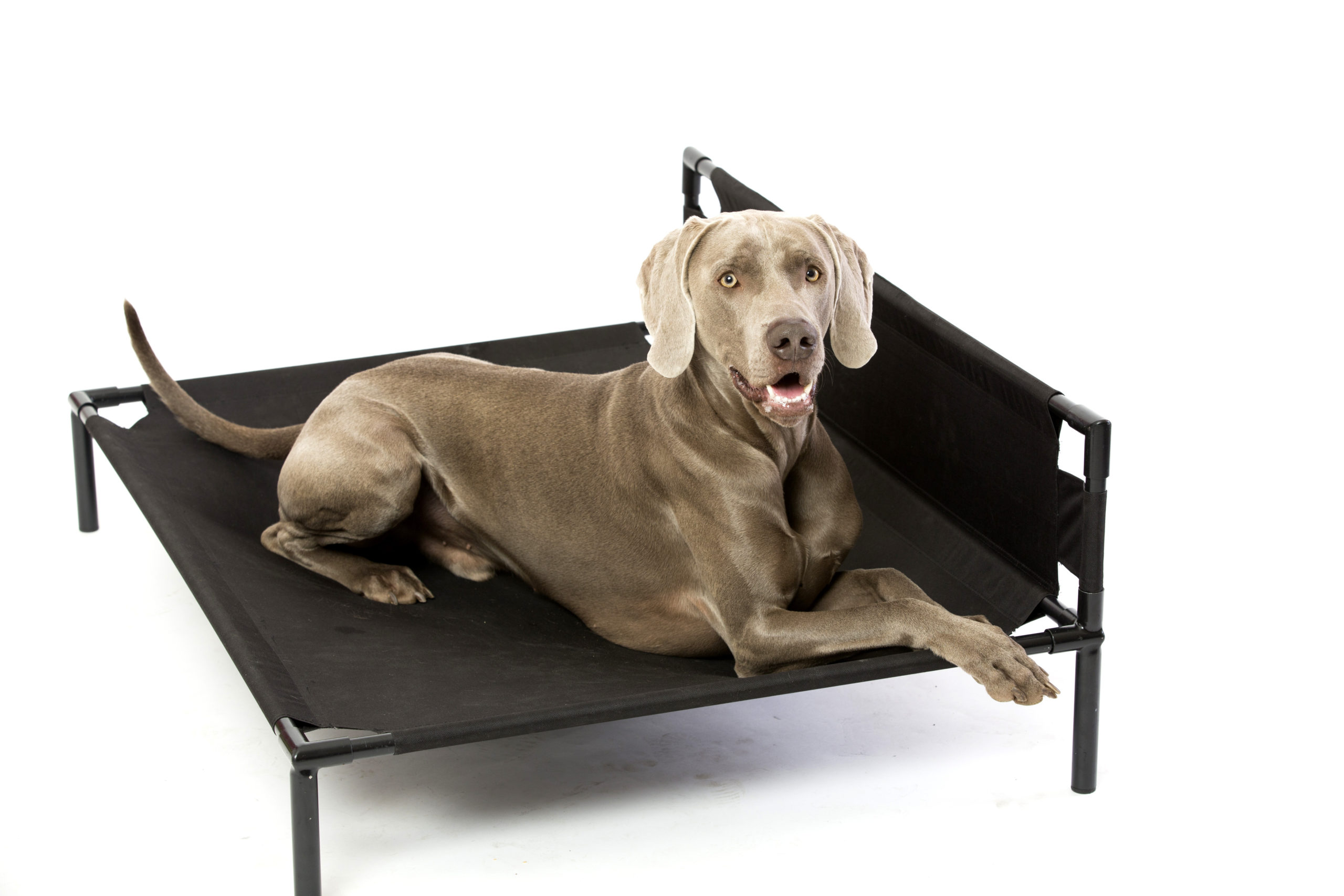 Elevated
Elevated
Like furniture-style beds, these beds are raised off the ground. Their lack of embellishment and structural simplicity makes them extremely easy to clean. Elevated beds are also designed to promote airflow, so they’re great for dogs that tend to overheat.
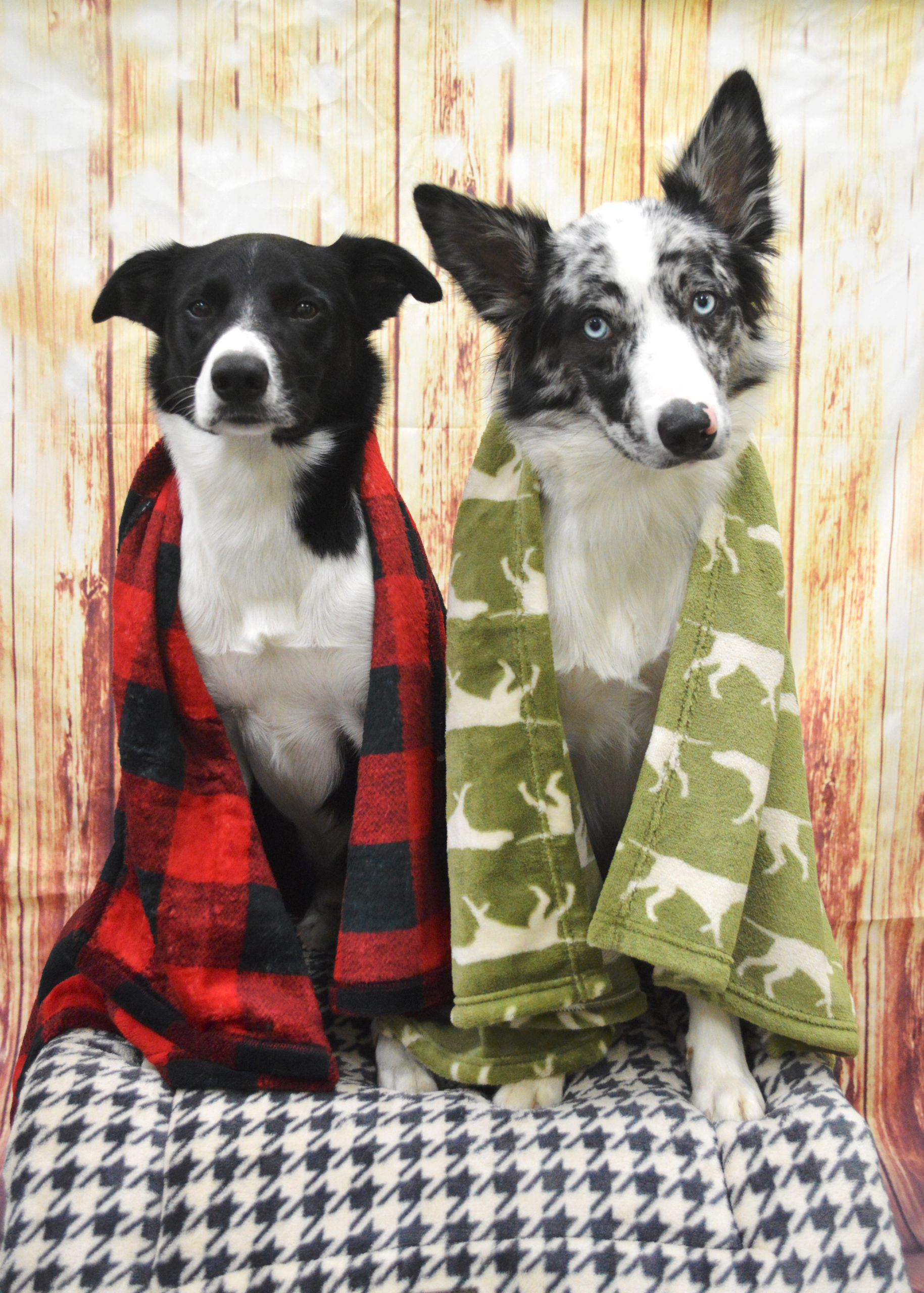
Blankets
For senior dogs and those who prefer more cushioning, blankets might not be the best choice. But for others, they’re ideal. “Dogs have a natural tendency to nest,” says Jon. “They push, pull, and arrange their sleep space before lying down. Blankets support that natural instinct and provide more comfort and security.” Blankets are also easier to wash than beds, and can be moved to provide comfort any time and any place – much like security blankets that children carry around.
Selecting a bed for your dog
Ready to buy him a bed? The first step is to consider your dog’s age, size and sleeping habits. Jon recommends observing your dog’s patterns, and asking a few simple questions. “Does he like to burrow and hide? Does he curl or flop? Is he older and needing support, or something that has ease of access?” Once you’ve answered these questions, you’ll be able to focus in on the right bed style for your pooch.
Next, consider the material. “Look for the appropriate size and a material that will hold up,” says Andrea. “Some dogs are chewers, so a heavy canvas is best for them. Some are more gentle, so a soft plush material is sufficient.” Dog parents should also consider how easily a bed can be washed and dried, and whether the color of the bed goes with their décor. If you’re having trouble deciding, reversible beds allow you to switch up the color and material depending on the season.
Troubleshooting
With any luck, your dog will jump for joy when he sees his new bed, and curl up on it without a fuss. If things don’t go so smoothly, check out these troubleshooting tips.
My dog doesn’t like his bed!
Try moving it to a different area of the house. The spot it’s in now might be drafty, or either too close or far removed from the center of action. Provide positive reinforcement in the form of treats or praise whenever he shows interest in the bed. If he still refuses to go near it, consider exchanging it for a different style.
I’ve bought my dog three beds, and he’s chewed all of them!
Some dogs think it’s their job to destroy things. Not only is this frustrating and expensive, it’s also dangerous. Again, try correcting his behavior using positive reinforcement. Anytime you catch him chewing his bed, redirect his attention elsewhere by offering toys or raw bones – objects that are safe to chew. You can also try buying him a blanket instead of a bed. Often, if there’s no stuffing to remove, a dog will see no point in chewing it.
Every time I approach my dog’s bed, he growls!
Resource guarding is a common problem in dogs – especially those who’ve spent time in shelters. Many factors can contribute to this behavior – fear or dominance, for instance – but the main thing to remember is that trying to correct it can be dangerous without the help of a professional. Contact a trainer or behaviorist for advice catered to your individual situation.
Buying a bed for your dog should be enjoyable, not intimidating. Have fun shopping the selection – and enjoy the look on your dog’s face when you bring him his new gift!

